Interview: Playwright/Director Sharon Yablon of A GARDEN OF TERRIBLE BLOOMS
Episodes streaming free to viewers
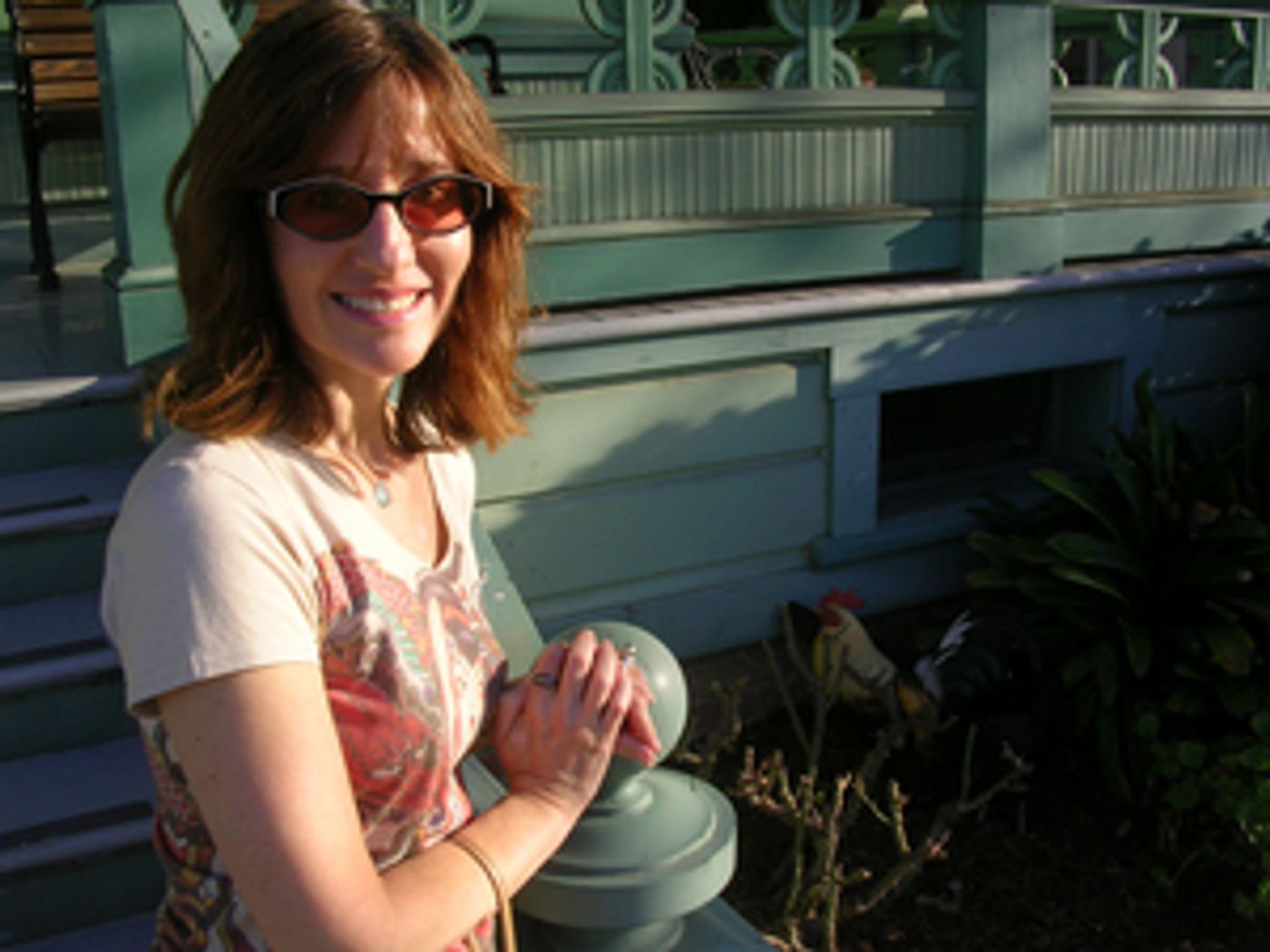
Sharon Yablon, award-winning playwright/director of A GARDEN OF TERRIBLE BLOOMS
I received some attention-grabbing information about a passion project born of award-winning playwright/director Sharon Yablon's love of surrealism, noir and the darker side of Los Angeles called A GARDEN OF TERRIBLE BLOOMS, which offers a dreamlike tour of short plays led by characters through a city that is vanishing, even as they move through it. Each play is set in a different part of L.A., or in nearby places where locals go to escape the city, but find themselves still haunted by it.
The publicity materials continue, "Yablon's characters wander through alleys, siren-soaked Hollywood nights, coyote outskirts and the desert, each looking for a glimmer of connection and often redemption. Time is blurred. The feeling of history is all around. What better place to explore these themes than in Los Angeles, a city of vastness where age can appear to be halted, seasons barely change, people reinvent themselves, and no one is who they seem?"
Intrigued since I am a Los Angeles native, I decided to speak with Sharon Yablon about Dear Marie, the newest episode, set to launch on Valentine's Day, in her A GARDEN OF TERRIBLE BLOOMS short plays podcast series, as well as the ten episodes (listed at the end of this article) already available for listening at www.terribleblooms.net.
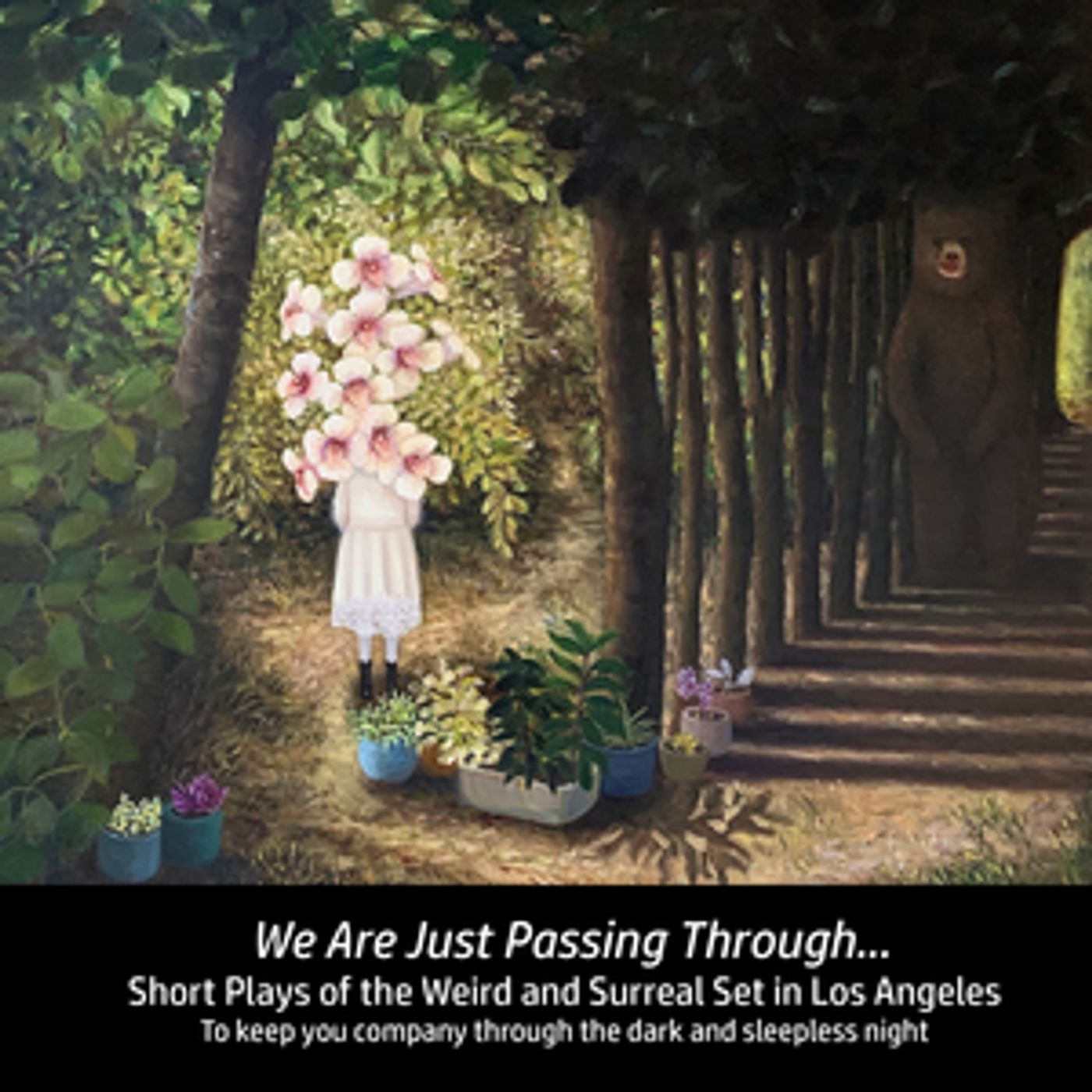
A Garden of Terrible Blooms original art work by Cassie Taggart
Thank you for taking the time to speak with me, Sharon. As a fan of the surreal and imaginative Twilight Zone series and a native Angeleno myself, your short plays appeal to my sense of wonder about strange places I have never visited in my hometown. Tell me a bit about your inspiration for creating the series, especially the locations you selected.
I had started a radio play with my neighbor Thomas Chan, a very talented musician and sound designer I had worked with before - when the pandemic hit. We were all suddenly in a world where we couldn't touch. And I wondered, is anybody out there? Many of my plays take place at night and I started to think about voices in the dark all over L.A., trying to communicate. Sort of like a haunted radio one might find. Each play is situated in a different part of the city, and I thought it would be fun to create a sort of audio map that would be an alternate tour of L.A., like a "B" side of a record, sometimes with the potential of danger, avoiding the obvious tourist spots, and encountering the unexpected.

"The Reordering" painting by Cassie Taggart
I love taking walks and I am always discovering something interesting - a strange alley, isolated house on a hill, ruins of something. While L.A. is no Rome, there is palpable history here. Los Angeles can be ugly, bleak, or nondescript, but it is mysterious and full of wonder - to use your word - too. All the locations in these plays were intriguing enough to provide inspiration for me to write and imagine who I might find lurking there.
I am a big fan of audio plays, and am so impressed that unlike other theater companies, you have personally written, directed, and put together all the elements for each play yourself, personally casting all the actors, commissioning and collaborating with all the musicians, and working with local photographers and artist Cassie Taggart to put together the website. With no production company behind you, how long does it usually take you to create each short play in the series?
Most of these plays have been performed onstage over the years, and the writing process is a matter of adapting from what the audience can see to only what they can hear. But endings often change, and other things about the plays as well - each one varies - so all in all, this takes about a week. During that time, I'm also seeing if the original actors are available to record, or if I want to try something different. While adapting, I'm also getting rid of stage directions and thinking more about sound connecting the play and where music might come in, and for how long, and which musician I know might be a good fit. Once we're cast, the recording takes an afternoon. The mixing, pacing, creation of sound effects, and working with musicians and songwriting can take a few weeks depending on how free they and the sound designers are (sometimes the musicians create the effects as well). So, all in all each play takes about a month and a half to fully bring to fruition.

The Grim Sleeper episode photo by Kevin O'Sullivan
What type of historical research did you do for the plays?
Some plays are inspired by real events (true crimes), and I might do some research to learn a detail or two that intrigues me. In The Grim Sleeper for example, I wanted to know the names of the victims, because they were barely in the news and are largely forgotten, and that was something important that I wanted to convey, having those names spoken aloud.
In Nothing Good Happens After Midnight, the Hillside Stranglers are present, but no facts were used; I wanted mostly to capture the feeling of danger lurking in the city. I am not really interested in these plays being documentaries or forensic dramas at all. They are very loosely inspired by true events, and they go off in strange ways.
Each play is heavily influenced by music, containing original songs by a variety of local musicians from Los Angeles. Unlike other audio theater, the music is not just transitional, but functions as an additional character. And since music is such a big part of the creative process and such an integral part of each play, I am curious how you selected the musicians.
Los Angeles has a huge community of artists, and I am extremely lucky to know many diverse and talented musicians. I basically made a list of all the friends I have who make music and consult with when working on a play to see what music could fit, or if I want to go against what might be expected musically in the play and get more experimental, which some of the plays do. I have lots of wonderful people to choose from! When I am writing, I do start to get a strong sense of how the music will fit into the storytelling, and that helps with choosing the right musician. These artists are often people who are up for a challenge, and these plays have been an opportunity for them to try something new. When I started this project, I definitely wanted it to be collaborative in that way, where we each bring something to the table. I also try to plan way in advance so no one is stressed about deadlines.

"Baby House" painting by Cassie Taggart
L.A. is often described as a city of strangers. In the upcoming DEAR MARIE, Hank Bunker and Shawna Casey play two people who live in the same neighborhood, but have never spoken. Finding themselves haunted by lost loves in a city of sunshine on Valentine's Day, they seek winter and solace on an empty beach. That is such an L.A. thing to do, isn't it, no matter where you live in the city? There is just something about being close to the ocean...
Absolutely! It's a great place to clear your mind, or to ponder your place in the universe. It's where you want to go, but you might be in a bad mood when you get there because of traffic and expensive parking. Because the weather is often nice here, you will find people swimming or sunbathing almost any day, and you can temporarily forget about time passing which is pleasant but not real. I practically grew up at the beach, until Jaws came out. People often come to Los Angeles because they have fantasies of a new life. The city can trick you into thinking all your dreams can come true but that rarely happens. I think that preys upon one's mind and well-being, whether they are aware of it or not. Overcrowding and expensive rents are pushing many out of the city. If there was ever to be a mass revolt against these California illusions, I imagine it would play out at the beach. But don't get me wrong, I do love the beach!
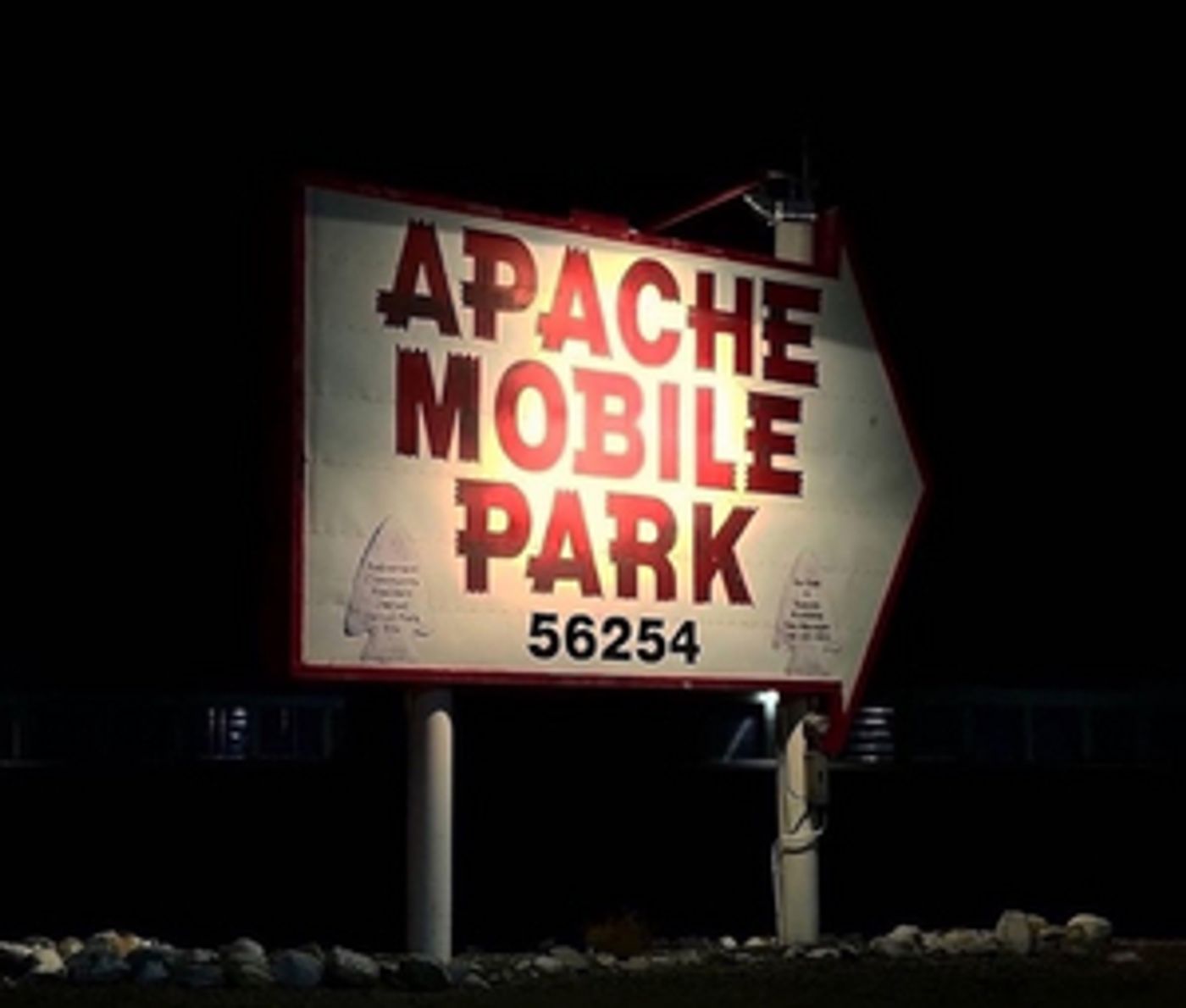
Ice Machine episode photo by Mark Schoeman
With so many iconic locations in the plays, have you personally visited each site?
I have been to all of them in a sense, but not all of them are real. Some are dream places, like the motel in the desert in Ice Machine, which is something I imagined, but is also based on old motels I have encountered on road trips that are crumbling and neglected.
The abandoned bus station in Around and Around is imagined from an out-of-use bus tunnel I found and explored (the tunnel has since been boarded up). The estate in No Casanova is loosely based on Greystone Manor, which I have been to.
The walk depicted in Nothing Good Happens After Midnight is similar to meandering walks I have taken over the years. Things mentioned in that play are long-ago places I have seen in films and wish I could have gone to, such as the Garden of Allah Hotel across the street from the old Schwab's Pharmacy.
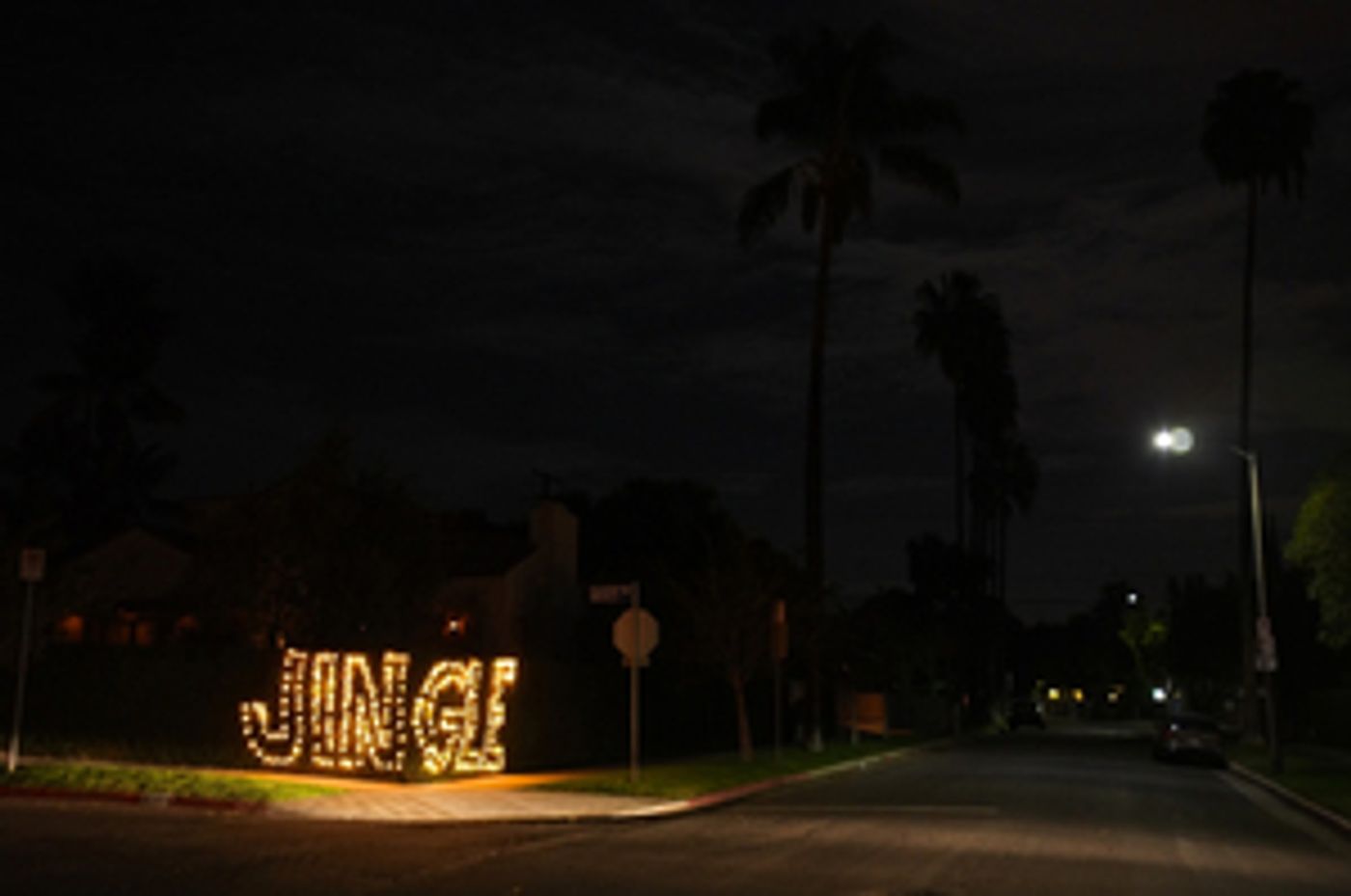
A German Christmas episode photo by by Michael Hacker
I have been to Hernando's Hideaway in A German Christmas but it doesn't physically exist anymore, only in memory. I've definitely been to Hollywood bars like the one in 1:58 AM, to many houses with pools, and peeked down creepy alleys when downtown, as in The Grim Sleeper. And I currently live in an area where police helicopters are frequent and I often look up and wonder, who is up there? That was the spark that started The Last Transmission.
With so many actors to choose from, is there a reason you selected Gig Young for one of the plays?
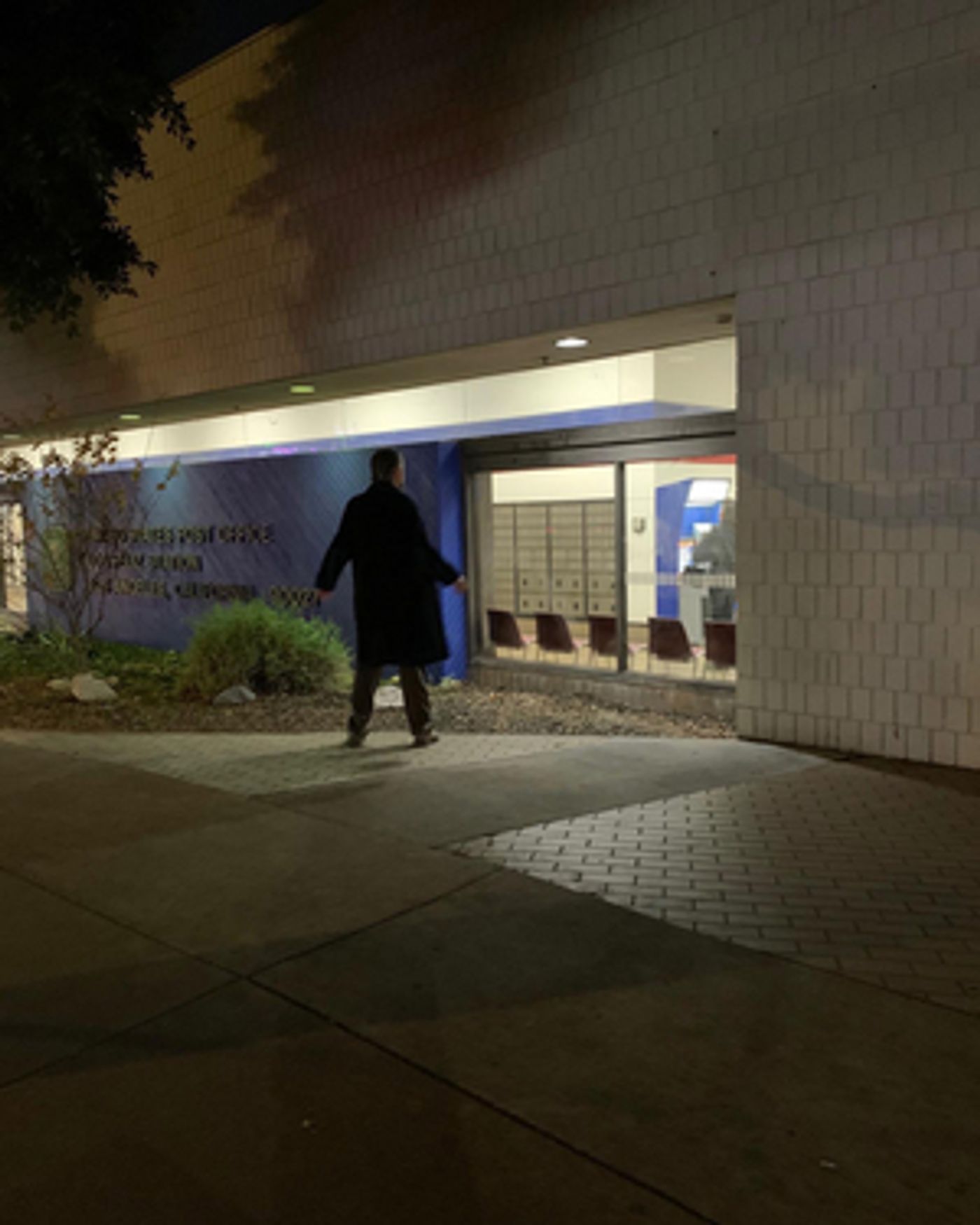
A Night With Gig Young episode photo by Kevin O'Sullivan
Yes! Twilight Zone is my favorite show, and Gig Young was in my favorite episode, Walking Distance. One day I was revisiting it and realized I didn't know who the wonderful lead actor was. I looked up Gig Young and was shocked to find out that he had killed his wife and himself. In Walking Distance, he plays so beautifully a lost man (but not as lost as he became, with depression and alcohol). I just felt immediately drawn to writing something about him after I learned what became of him. What he did was horrible but my heart also went out to him. My conflicted emotions were very much connected to that play.
Are more plays in the works for the series?
Yes, definitely! Upcoming in March is a Manson Family inspired play set in Los Feliz. In April we'll have a play set in the old Century City Mall, another lost place. I plan to have another season of 10 plays, closing with a holiday one set in the Valley.

The Last Transmission episode photo by Kevin O'Sullivan
Thanks so much for taking the time to speak with me, Sharon, and for your dedication to inviting listeners into experiencing the wonder of the imagination during "theatre of the mind."
Thank you so much Shari for your interest, and this conversation. I really enjoyed and appreciated your questions.
All episodes of A GARDEN OF TERRIBLE BLOOMS are available to hear or download for FREE at www.terribleblooms.net, or wherever you get your podcasts. Each is written and directed by Sharon Yablon and runs 15-20 minutes. Yablon's latest episode Dear Marie launches on Valentine's Day, February 14. Previous episodes now available online include:
The Last Transmission, set in the skies and Griffith Park, in which a police helicopter pilot, haunted by the carnage below, veers off course, unsure of what he will find. With John Nielsen, Anna Khaja and Gregory Littman. Sound design and music by Thomas Chan.

Mrs. Huberty episode photo by Kevin O'Sullivan
Inspired by the San Diego McDonald's massacre, Mrs. Huberty stars Max Faugno as a true crime fan who seeks out the wife of a mass murderer (Jennifer Lee Weaver), hoping to learn more about the killings. Sound design and music by Thomas Chan.
Inspired by the 1980s serial murders, The Grim Sleeper stars Keith Szarabajka and Gbeke Fawehinmi as a drifter and a lost girl trying to uncover their dark pasts in a downtown Los Angeles alley. Sound design and music by Thomas Chan.
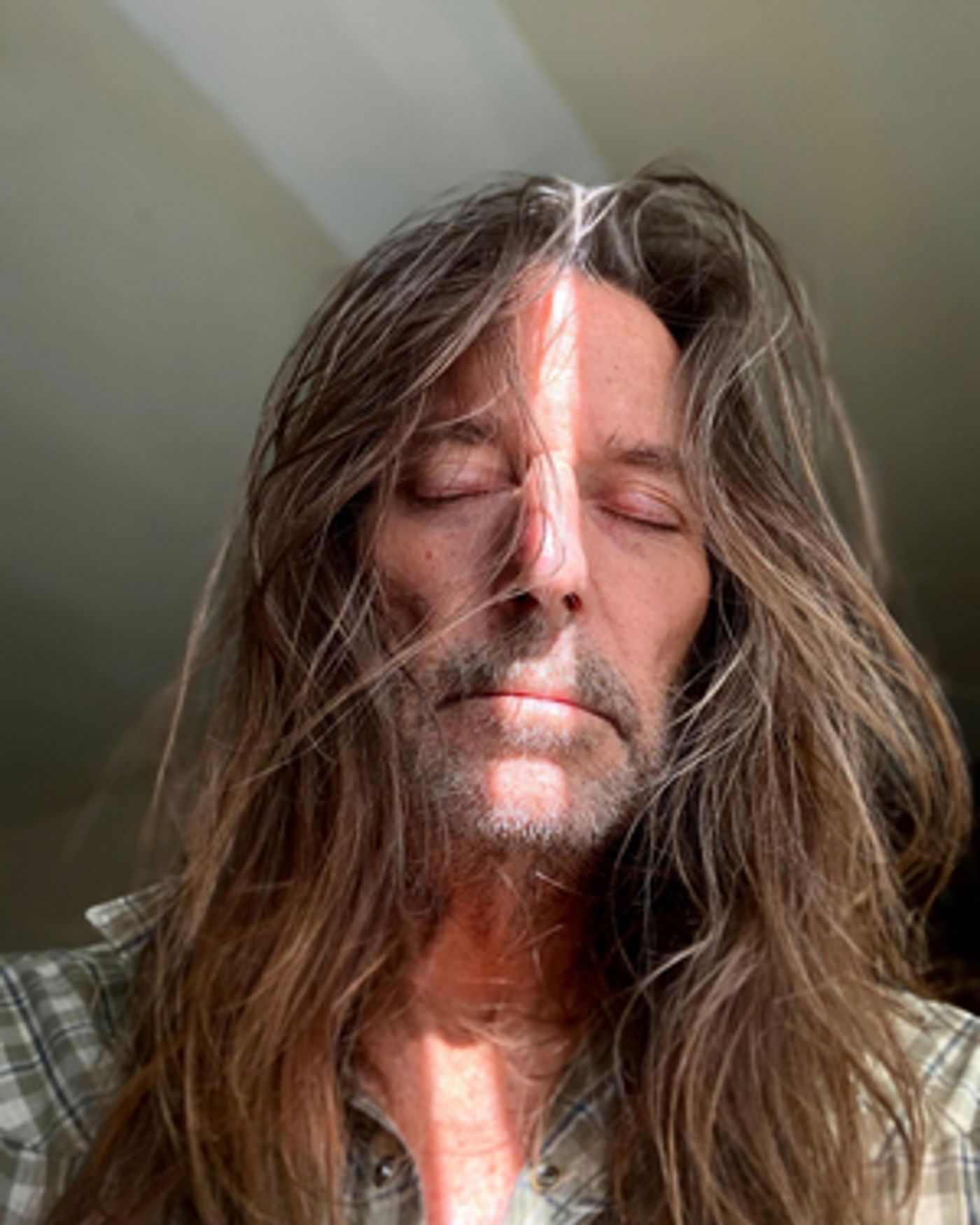
1:58 AM episode photo by Kevin O'Sullivan
Two middle-aged singles (Soren Narnia and Kim Debus) try to connect in a Hollywood bar before it closes in 1:58 AM. Sound design and music by Thomas Chan.
A Night With Gig Young, inspired by true events, features Gregory Littman, Dig Wayne and Lisa Denke, who take us back to the Hollywood of yore. At the end of his career, actor Gig Young is invited to speak to a group of fans, but is instead led on a journey through the dark side of his life by a heckler. Sound design and music by Jack Littman.
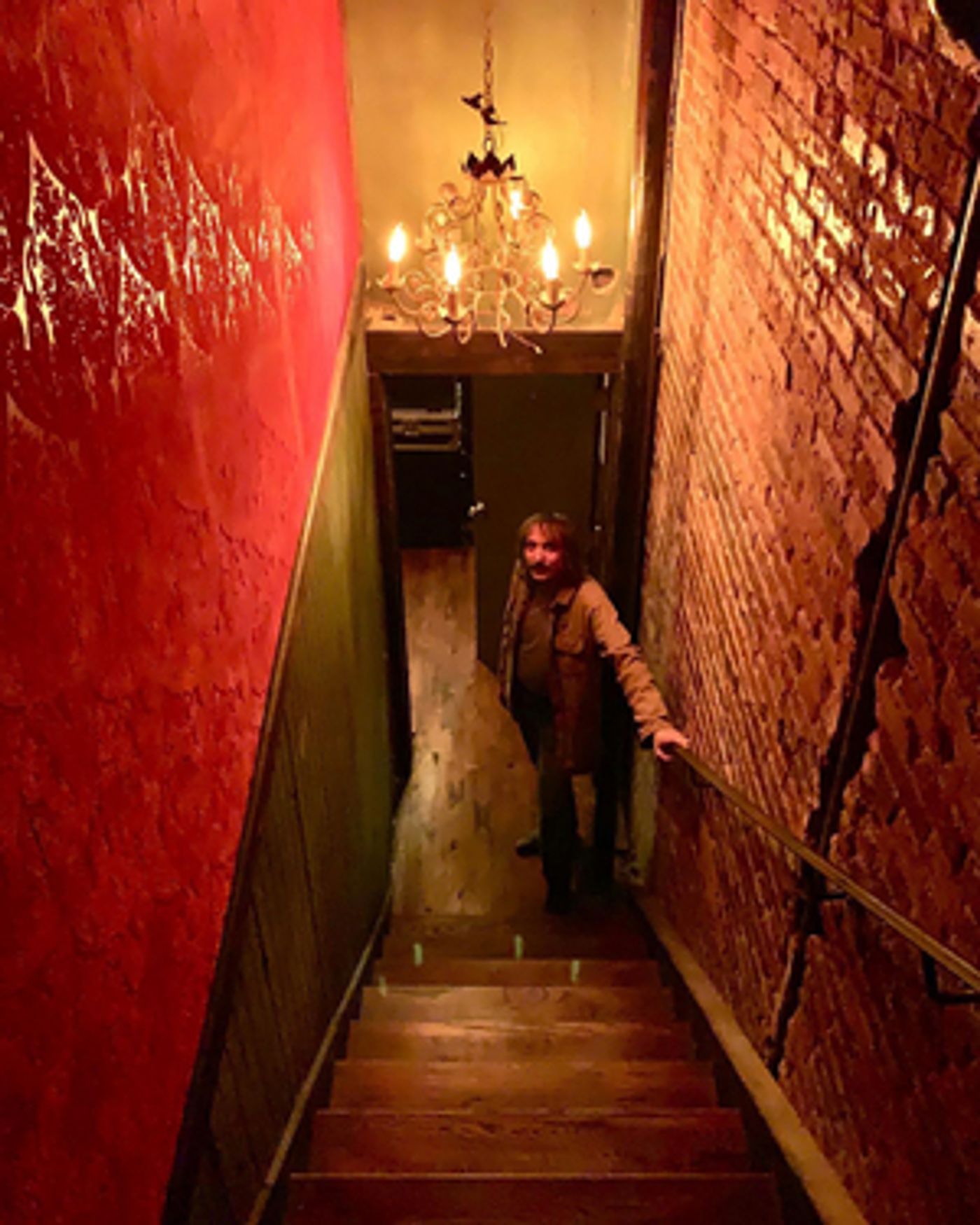
Around and Around episode photo by Kevin O'Sullivan
In Around and Around, a man encounters a mysterious traveler while lost in an abandoned bus station near Olvera Street. With Darrett Sanders and Michael Bonnabel. Sound design and music by Atom Smith.
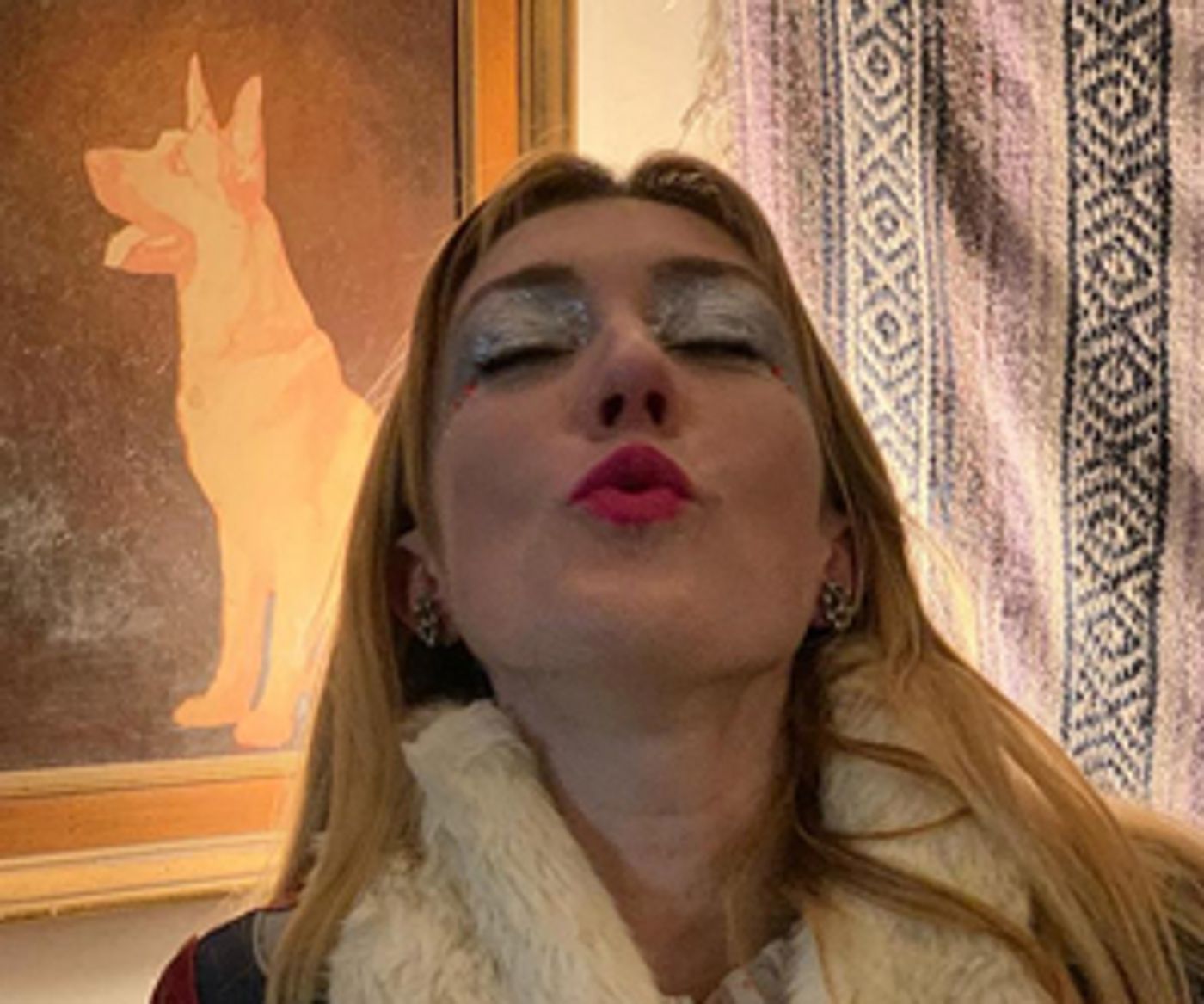
Nothing Good Happens After Midnight episode photo by Kevin O'Sullivan.
Nothing Good Happens After Midnight, inspired by the Hillside Strangler murders of the late '70s, is set in Echo Park. On a walk through the hills, the discovery of a voodoo doll alters the plans of a couple (Adrian Alejandro Cruz and Jacqueline Wright). Sound design and music by Thomas Chan.
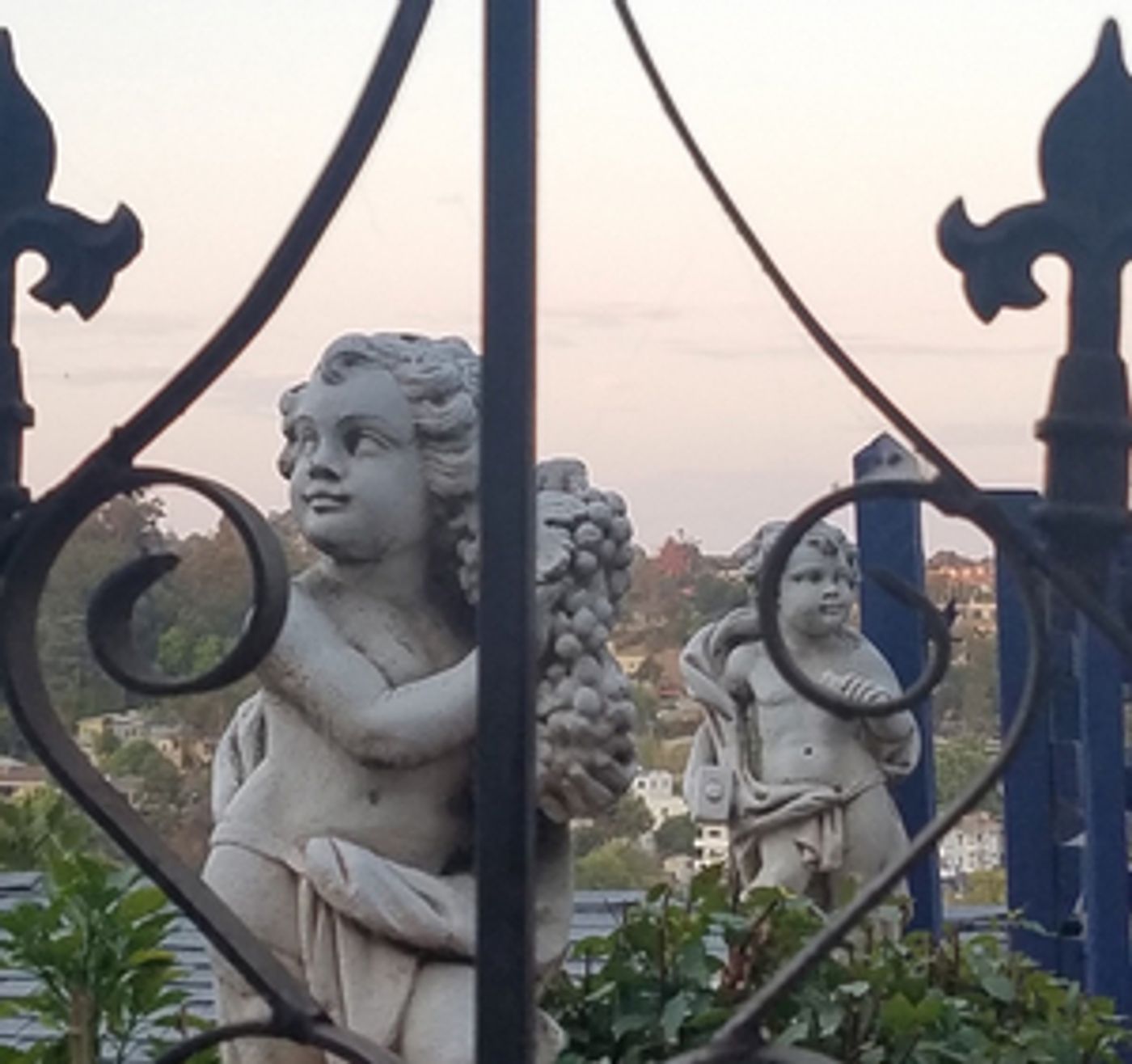
No Casanova episode photo by Josh Kolodny.
Ryan Cutrona plays a man plagued by insomnia who isn't sure he is alone on his Beverly Hills estate in No Casanova. Soundscape and design by Randy Grief. Music by Ramanshu Mishra.
Ice Machine introduces us to two strangers (Michael Shamus Wiles and Jesse Fair) whose paths cross at a Route 66-era motel in the California desert, sparking disturbing memories. Sound design by Jesse Fair with music by David Haerle.
Finally, in A German Christmas, a young German man far from home (Kiff Scholl) finds himself spending Christmas Eve in Rancho Park with an older woman (Lisa Denke) whose husband has left her. Music and sound design by Elliott Goldkind.
To learn more about the artists in the series, visit www.terribleblooms.net/artists.
Videos

